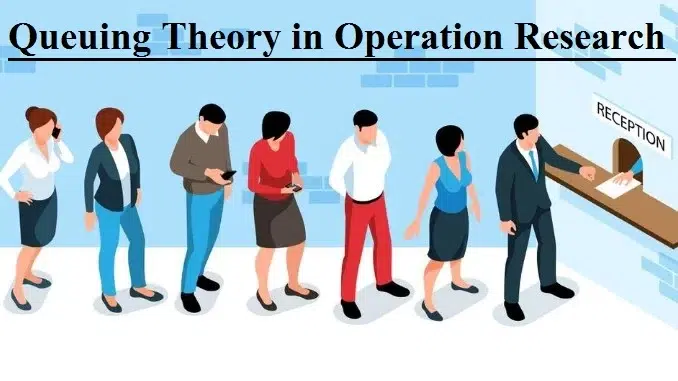
Introduction of Queuing Theory in Operation Research:
Waiting in queues is a common occurrence in life. In other words, waiting in lines or queues at bus stops, gas stations, petrol pumps, restaurants, ticket booths, hospitals, banks, traffic lights, etc. is a common situation seen in everyday life. We have to wait in a queue for several things, such as buying milk at a milk booth, getting a bus in a bus shed, paying taxes, paying college fees at a counter, depositing water and electricity bills, shopping at Super Bazar, etc.
Queues (waiting lines) can also be seen in workshops where machines wait to be repaired; in a tool crib where mechanics wait to get tools; at a warehouse where products wait to be utilized; vehicles wait to be unloaded; airplanes wait to take off or land; incoming calls wait to mature in the telephone exchange, and so on.
Read Also: Introduction to Operation Research
In general, a queue forms at any place when a customer (human or physical things) who requires service is made to wait due to the fact that either the number of customers requesting service exceeds the number of facilities, or when service facilities do not work efficiently, and take more time than prescribed to serve a customer.
When a “customer” (the one seeking service) reaches the service facility, it is obvious that waiting lines form since the service may not be provided immediately. Thus, a lack of adequate facilities would cause waiting lines or queues of customers to be found.
The only way to satisfy service demand instantly is to develop a large service capacity that can always meet peak demand. But, creating such a capacity level may be very expensive, as well as quite uneconomic, because it will be idle to varying degrees when there are no customers or some customers.
As a result, we must seek an optimal degree (appropriate level) of service that is neither too low (when there are long queues) nor too high (which is a costly affair).
The theory applied to this problem is known as the Waiting Line or Queuing Theory.
Queuing theory can be applied to various circumstances in which it is impossible to forecast the arrival rate (or time) of customers and the service rate (or time) of a service facility or, facilities. In particular, it can be used to determine the level of service (either the service rate or the number of service facilities) that balances the following two conflicting costs:
(i) the cost of providing the service; and
(ii) the cost incurred due to a delay in providing the service.
In other words, the study of queuing theory helps to determine the balance between the cost of offering the service, and the cost incurred due to delay in offering the service.
The first cost is associated with the service facilities and their operation, while the second is the cost of customers waiting for service. Obviously, increasing current service facilities would reduce the customer’s wait time. Conversely, a reduction in the level of service would cause a long queue(s).
This implies that an increase in the level of service increases the cost of operating service facilities but decreases the cost of customers waiting for service.
The following Figure shows both types of costs as a function of the level of service. The combined cost of service and customer waiting cost is U-shaped because of their trade-off relationship. The total cost is minimized at the lowest point of the total cost curve. The service level is one that minimizes the sum of the two costs.
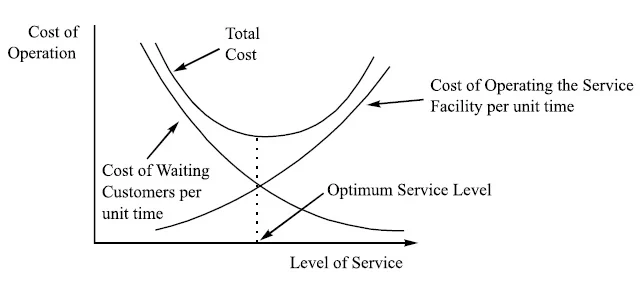
Since it is difficult to evaluate the customer waiting cost for service, it is usually measured in terms of lost sales or goodwill when the customer is a person and has no sympathy with the service system. However, if the customer is a machine waiting for repair, then the cost of waiting is measured in terms of the cost of lost production.
“Good managers have a bias for action.” – Peters, Thomas J.
Hence, by the above discussion, we notice that, if the length of the queue is long, the customer’s waiting time will increase, causing dissatisfaction with the customer, and if management increases the service facilities to avoid the long waiting time of customers, we often observe that the service facilities will remain idle causing burden on the organization.
To avoid this situation, the Queuing Theory (Waiting Line Theory) will help us in reducing the customer’s waiting time and suggesting that the organization install the optimal number of service facilities, so that the customer will be happy and the organization can run the business economically.
The following table lists many real-life situations in which the study of queuing theory can give solutions to waiting-line problems.
|
Situation |
Customers |
Service Facilities |
|
Petrol pumps (stations) |
Automobiles |
Pumps/Passionel |
|
Hospital |
Patients |
Doctors/Nurses/Rooms |
|
Airport |
Aircraft | Runways |
|
Post office |
Letters | Sorting system |
|
Job interviews |
Applicants | Interviewers |
| Cargo | Trucks |
Loader/unloaders |
| Workshop | Machines/Cars |
Mechanics/Floor space |
| Factory | Employees |
Cafeteria/Punching Machine |
(Source – Various Books from College Library)
Tags: what is the queuing theory in operation research, introduction of queuing theory in operation research
Copyrighted Material © 2019 - 2024 Prinsli.com - All rights reserved
All content on this website is copyrighted. It is prohibited to copy, publish or distribute the content and images of this website through any website, book, newspaper, software, videos, YouTube Channel or any other medium without written permission. You are not authorized to alter, obscure or remove any proprietary information, copyright or logo from this Website in any way. If any of these rules are violated, it will be strongly protested and legal action will be taken.

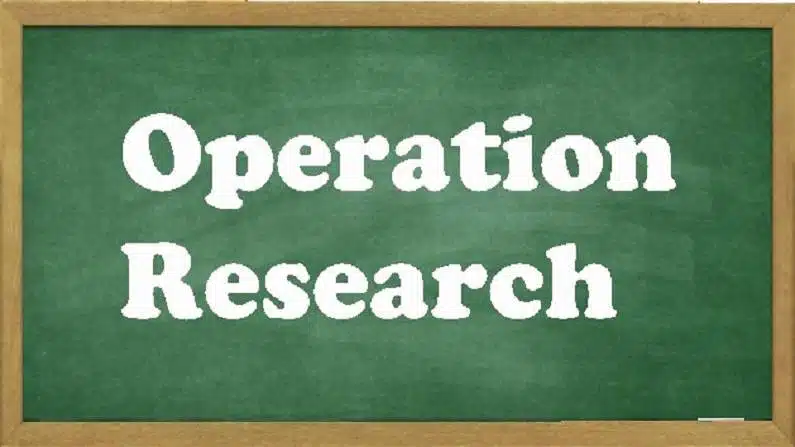
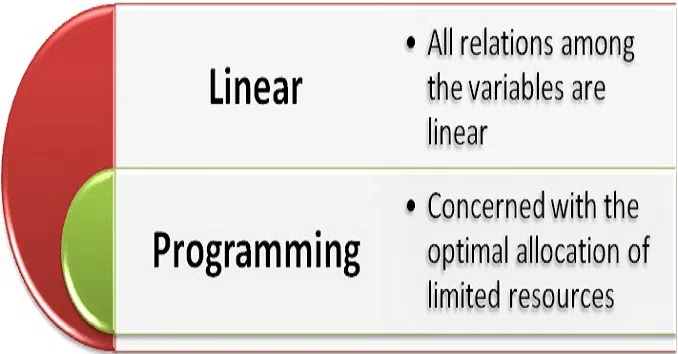
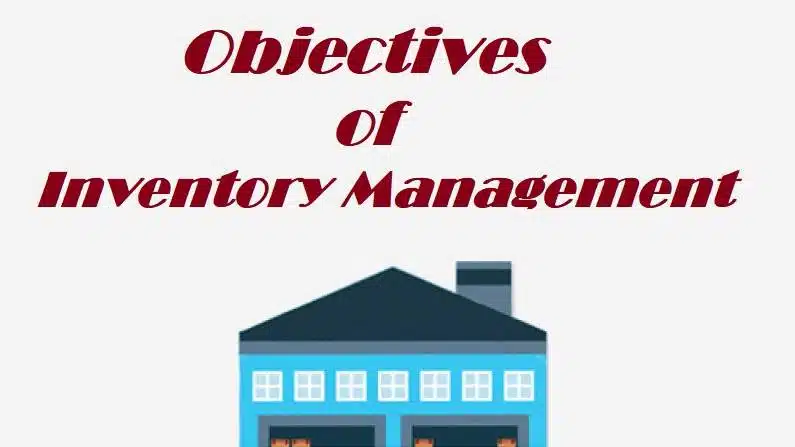
Be the first to comment